RANKED: World’s top 10 biggest copper mines MINING.com Editor | May 14, 2021 | 12:34 pm
- Get link
- X
- Other Apps
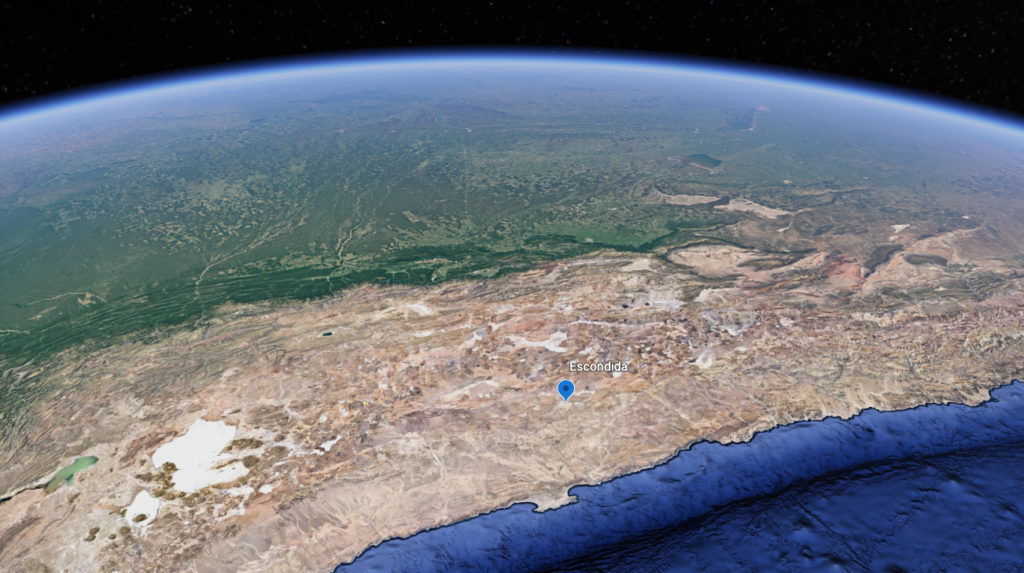
Copper, the highly conductive red metal vital to the manufacturing of products essential to the electrification of the world’s energy systems is also used in heating, cooling, electronics, power generation and transmission, automotive applications and has antimicrobial abilities.
Demand from the green energy transition has sparked a rally on copper markets. The world’s top 10 biggest copper mines in terms of 2020 production compiled by MINING.COM and sister company MiningIntelligence will play a major part in setting prices for the next decade.
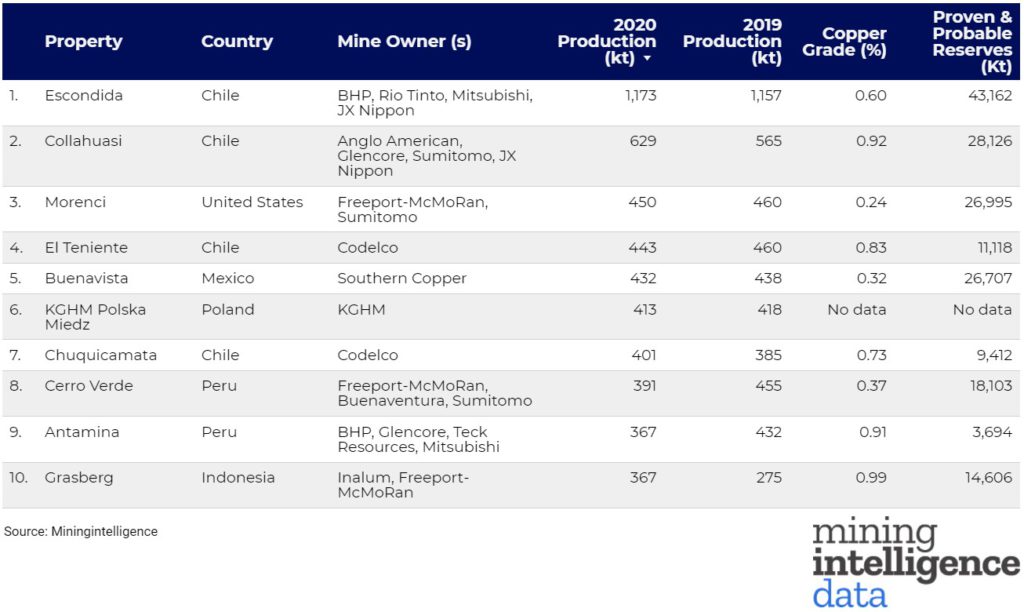
Click here for an excel download of the top 10 biggest copper producers from the MiningIntelligence database.
Chile’s Escondida remains by far the top copper producer in the world, surpassing the one-million-tonne mark in each of the last two years. It is a conventional open-pit operation processing sulphide and oxide ores.
Located in the arid northern Atacama Desert at 3,050m above sea level, Escondida came on-stream in late 1990, and its capacity has since been increased by phased expansions over the years.
The mine complex is a joint venture between BHP (57.5%), Rio Tinto (30%), a Japanese consortium (10%) and the International Finance Corporation (2.5%).
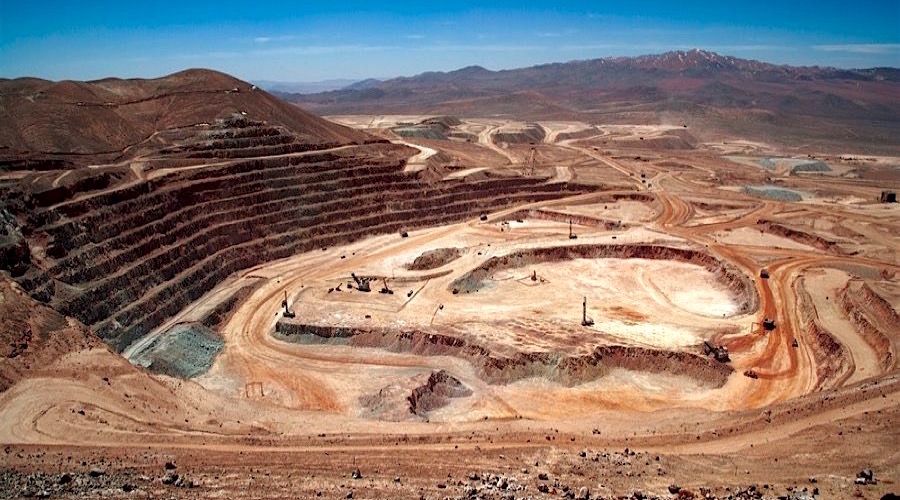
In second place is the Collahuasi copper mine, also in northern Chile, about 180km southeast of the port of Iquique, at an altitude of 4,400m.
Lying in an area of historical copper mining, the deposit was outlined in 1991 after exploration by Shell, Chevron and Falconbridge in the late 1980s. The mine was commissioned in April 1999 at a cost of $1.76 billion.
According to the latest life of mine plan, the Collahuasi mine has up to 51 years of life from 2020 to 2070. It is jointly owned by Anglo American (44%), Glencore (44%), and Japan Collahuasi Resources (12%).
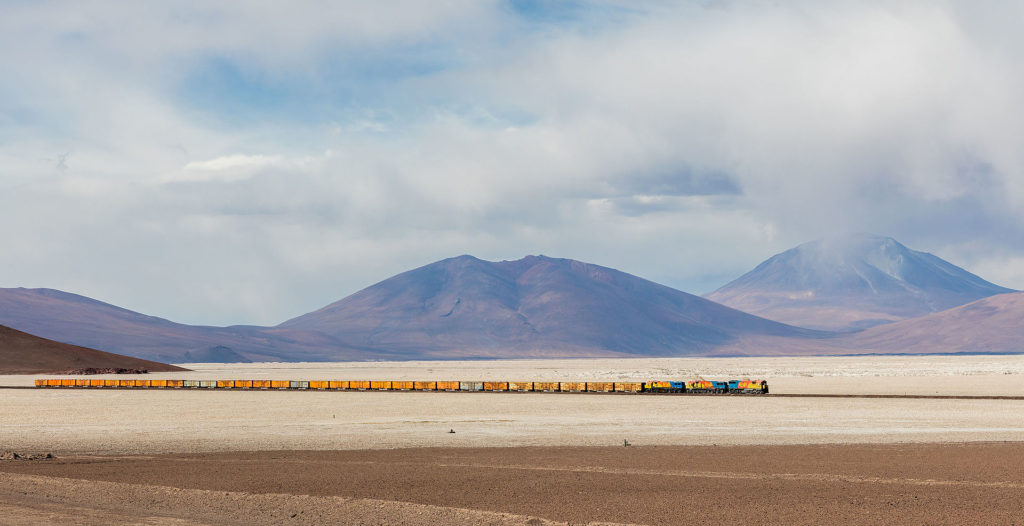
Taking third place is Morenci — the largest copper producer in North America — located in Greenlee County, Arizona. Morenci is an open-pit copper mining complex that has been in continuous operation since 1939, and previously was mined through underground workings.
The mine is majority-owned by Freeport-McMoRan (72%), with Japan’s Sumitomo Corp. (15%) and Sumitomo Metal Mining (13%) holding the remaining interest.
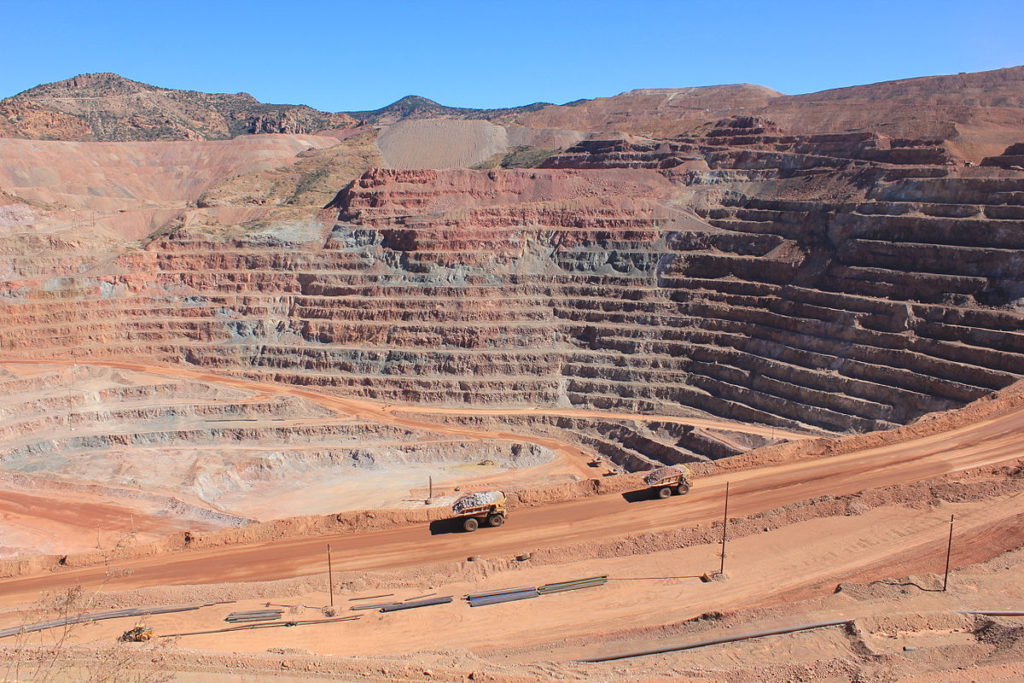
Trailing just behind Morenci is the world’s biggest underground copper mine El Teniente, located 80km south of Santiago in the Andes mountain range in Chile.
The copper deposit was discovered in the early 19th century, and has been in operations since 1905. Owned and operated by Chile’s national copper company Codelco, the mine facility is undergoing an extensive $3.4 billion expansion project that would extend its production life by 50 years.
Following closely in fifth place is the Buenavista open-pit copper mine in Sonora, Mexico, wholly owned by Grupo Mexico subsidiary Southern Copper Corp. Producing since 1899, it is the oldest operating copper mine in North America, and is also one of the biggest porphyry copper deposits in the world.
Buenavista was mined exclusively through underground methods until the Anaconda Company started open-pit operations in the early 1940s.
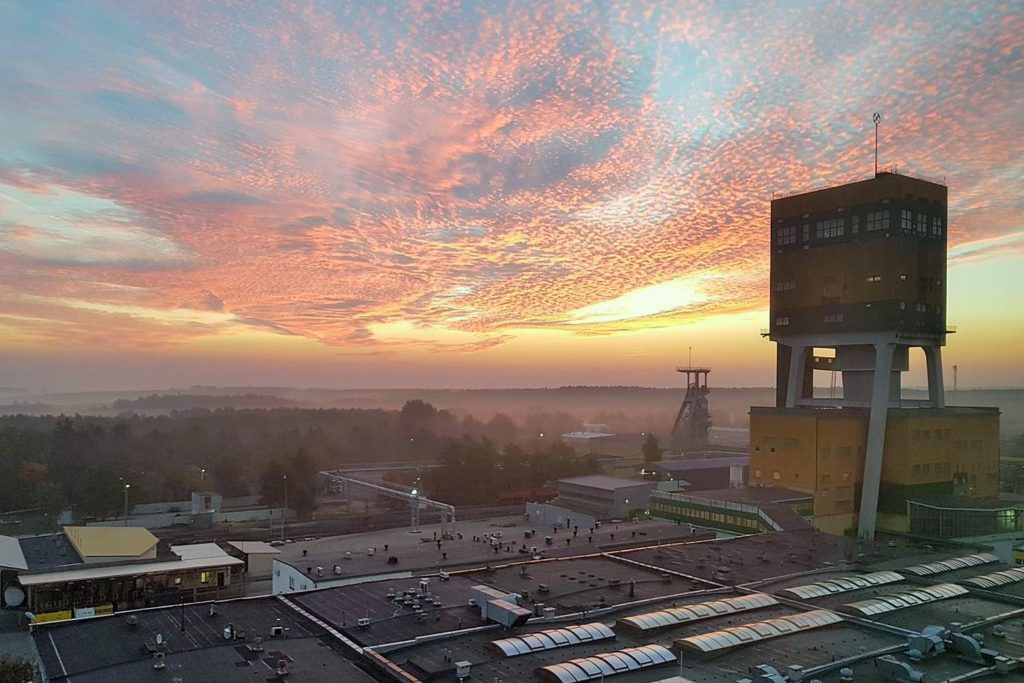
Rounding out the top 10 list are KGHM’s group of copper mines in Poland, Codelco’s large Chuquicamata open-pit mine in Chile, the Cerro Verde and Antamina mines in Peru, and Freeport’s iconic Grasberg mine in Indonesia.
Note: Grasberg consists of the Big Gossan, Deep Ore Zone and Deep Mill Level Zone underground mines and the Grasberg block cave. Copper grades are calculated based on a weighted average of these four mines.
Just missing out on the top 10 rankings are the Antofagasta-managed Los Pelambres deposit near Santiago, Chile, and the Polar Division mine complex held by Russia’s Norilsk Nickel.
Click here for an excel download of the top 10 biggest copper producers from the MiningIntelligence database.
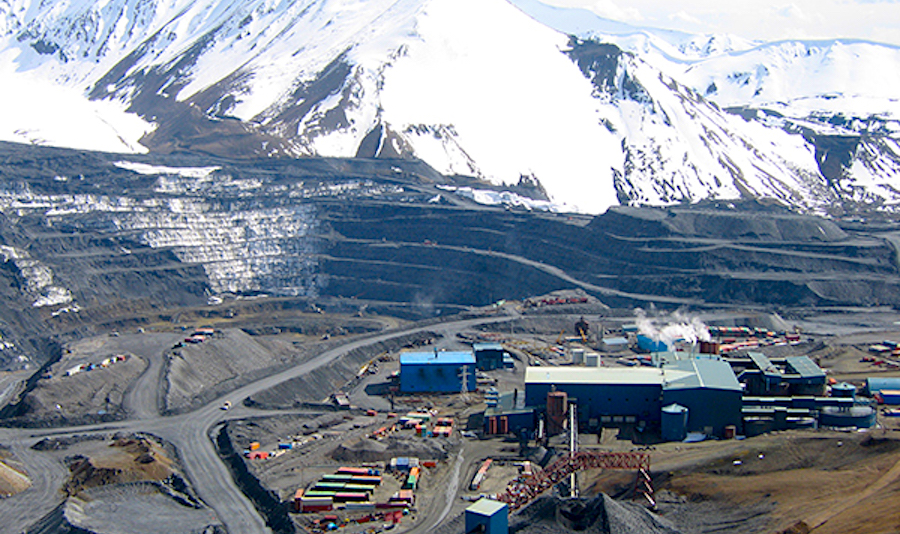
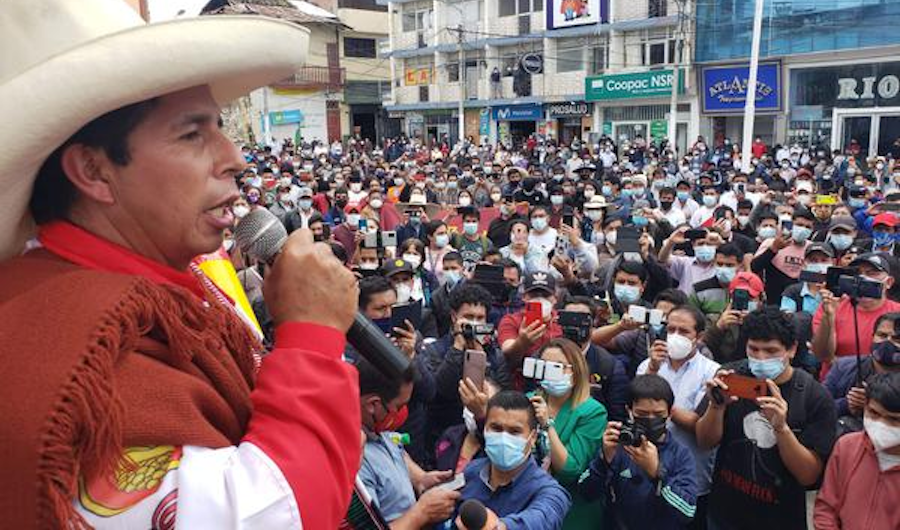


4 COMMENTS